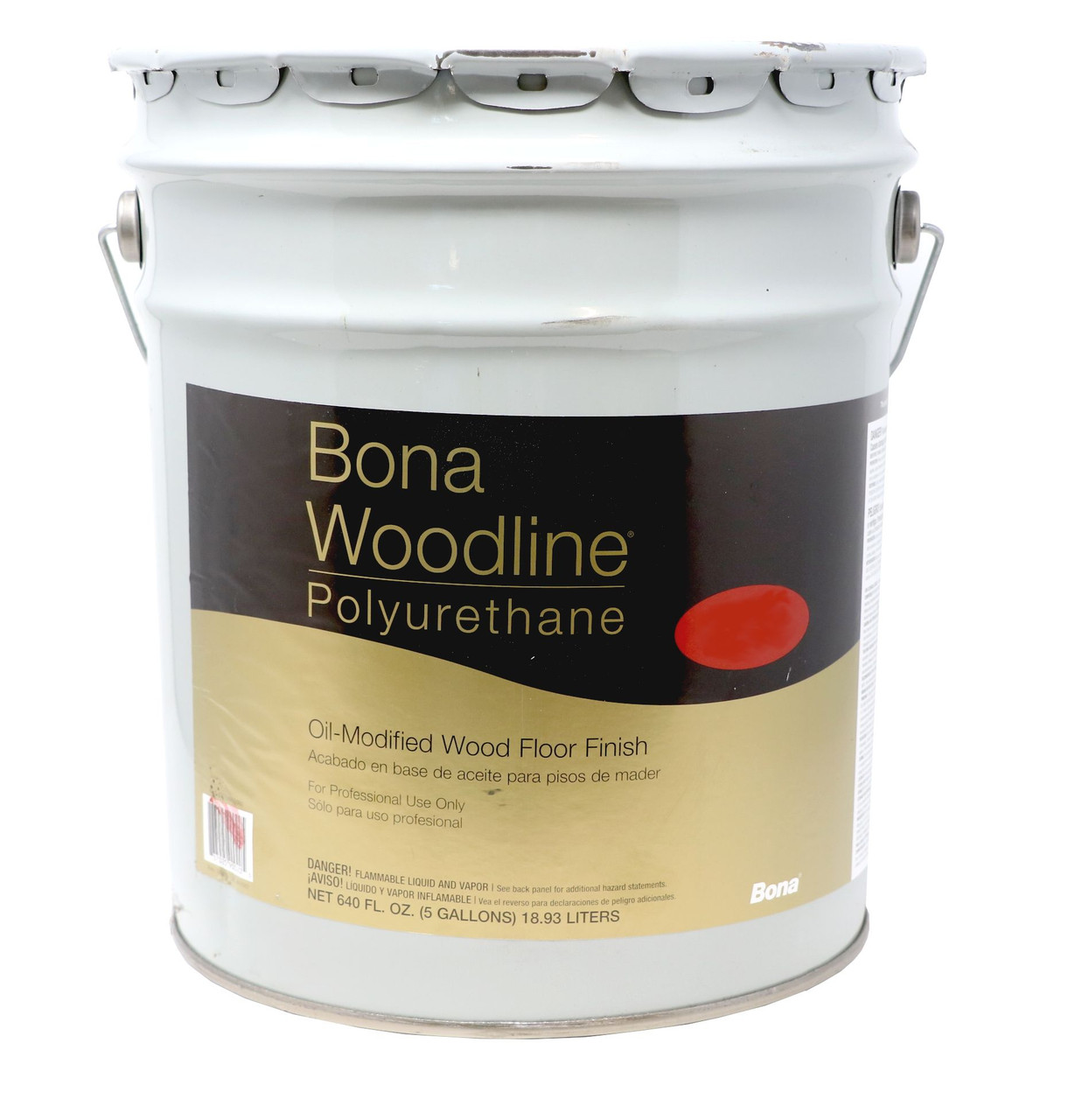
When the bone stops growing in early adulthood (approximately 18–21 years), the cartilage is replaced by osseous tissue and the epiphyseal plate becomes an epiphyseal line. Each epiphysis meets the diaphysis at the metaphysis, the narrow area that contains the epiphyseal plate (growth plate), a layer of hyaline (transparent) cartilage in a growing bone. Red marrow fills the spaces in the spongy bone. The wider section at each end of the bone is called the epiphysis (plural = epiphyses), which is filled with spongy bone. A typical long bone shows the gross anatomical characteristics of bone. The walls of the diaphysis are composed of dense and hard compact bone.įigure 1. The hollow region in the diaphysis is called the medullary cavity, which is filled with yellow marrow. The diaphysis is the tubular shaft that runs between the proximal and distal ends of the bone. A long bone has two parts: the diaphysis and the epiphysis. The structure of a long bone allows for the best visualization of all of the parts of a bone ( Figure 1). This section will examine the gross anatomy of bone first and then move on to its histology.

Later discussions in this chapter will show that bone is also dynamic in that its shape adjusts to accommodate stresses. Bone is hard and many of its functions depend on that characteristic hardness. Compare the composition and function of compact bone versus spongy boneīone tissue (osseous tissue) differs greatly from other tissues in the body.



 0 kommentar(er)
0 kommentar(er)
